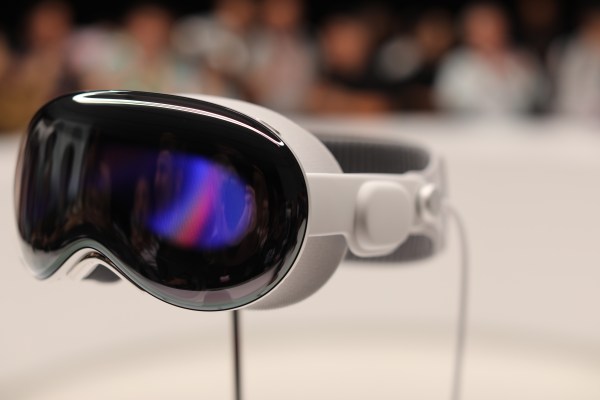Apple is planning to release its Vision Pro mixed-reality headset in March, according to Bloomberg’s Mark Gurman. The tech giant was reportedly planning to release the headset in January, but is still preparing distribution plans and conducting final device testing.
When Apple unveiled the $3,499 Vision Pro back in June, the company said it was going to release it in early 2024, so Apple is still technically on track in terms of its release timeline.
The headset will launch in the United States first, and is expected to release in additional countries by the end of the year, including Canada and the United Kingdom. Since Apple typically holds its spring event in March, the tech giant will likely use the event to promote the Vision Pro.
The software powering the Vision Pro is called visionOS, which Apple describes as “the first OS designed for the ground up for spatial computing.” The software’s three-dimensional interface frees apps from the boundaries of a traditional display.
Apple has said the App Store for the Vision Pro headset will include all compatible iPhone and iPad apps by default. Plus, over 100 Apple Arcade titles will be available to play on VisionOS at launch.
Unlike some AR headsets on the market, the Vision Pro’s battery pack isn’t built into the device itself. Instead, a wire from the rear connects to a battery pack, which provides up to two hours of use. Or, users can plug into the wall for all-day use.
The headset has the standard M2 chip, paired with a new R1 chip, which takes on the video streaming. The Vision Pro uses micro-OLED technology to pack 23 million pixels into two displays. The Vision Pro includes a feature called “EyeSight,” which uses a front-facing display to reveal your eyes to other people in the room.
The device’s price tag suggests that its targeted toward enterprise buyers, rather than regular consumers. As TechCrunch’s Brian Heater previously noted, the “Pro” part of the device’s name seems to suggest that a more affordable version could be coming at some point in the future.
